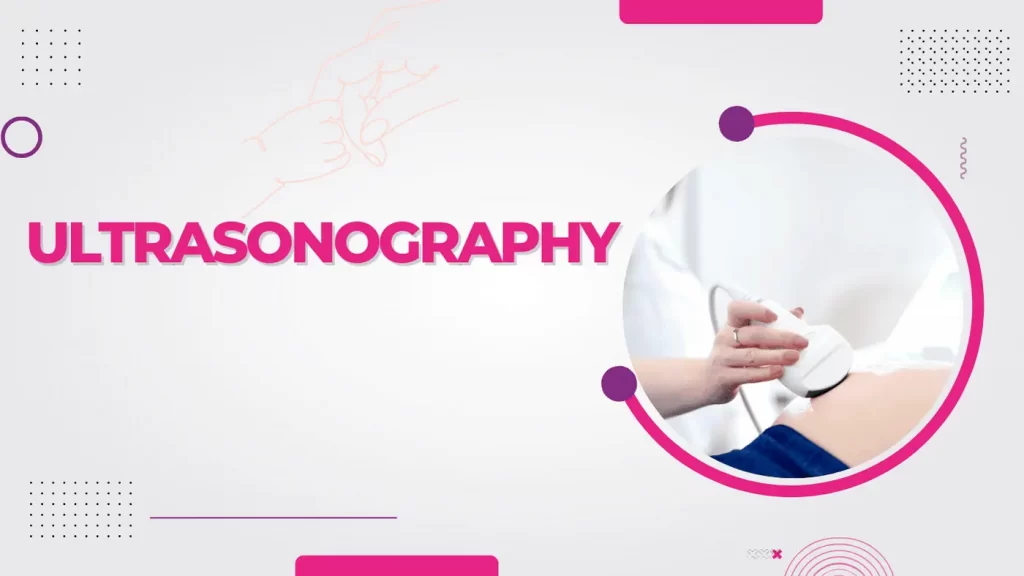
Ultrasonography is very crucial tool for evaluating your fertility related issues. This is usually done by transvaginal approach for women to know about reproductive organs. Following information can be obtained from a Pelvic transvaginal ultrasound.
- General position and presence of the reproductive organs.
- Ovaries: Assessing position, size of ovaries, presence of any abnormal or functional cysts. Diagnosis of endometrioma, PCOS, ovarian cysts can be done by ultrasound. Antral follicle count is assessed to know about ovarian reserve
- Uterus: Position, size of the uterus is assessed. Uterine lesions like adenomyosis, fibroids, polyps can be diagnosed. Endometrial thickness, pattern, vascularity is assessed which is crucial for implantation.
- 3D Ultrasound can be performed to visualize certain uterine abnormalities, like a bicornuate or septate uterus.
- Pelvic adhesions: Based on the position and movement of organs with probe, possibly, pelvic adhesions can be diagnosed.
- Blood flow to reproductive organs: By using colour dopplers, it is possible to determine RI, PI, PSV of ovarian and uterine artery which gives information about blood flow to reproductive organs.
- Follicular monitoring: To assess the growth of follicle in a natural or ovulation induced cycle, growth of follicles in IVF cycles.
- Ultrasound guided procedures: Fertility procedures like IUI, oocyte retrieval, embryo transfer, cyst aspirations are done under ultrasound guidance.
- Pregnancy scans: To determine viability of fetus, growth scans, genetic screening of fetus, diagnose ectopic pregnancy.
Ultrasonography is crucial in evaluating male infertility associated conditions. Ultrasonography of scrotum and trasrectal ultrasounds helps to diagnose testis position, size, blood flows, varicocele, ejaculatory duct obstructions.